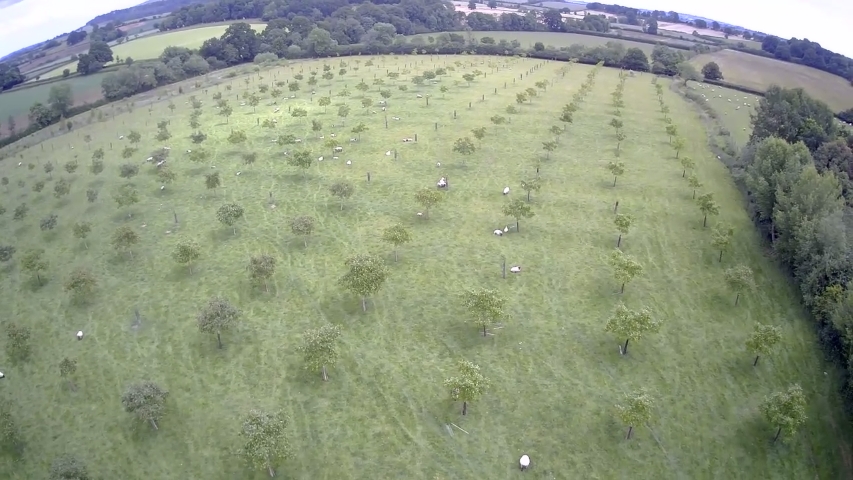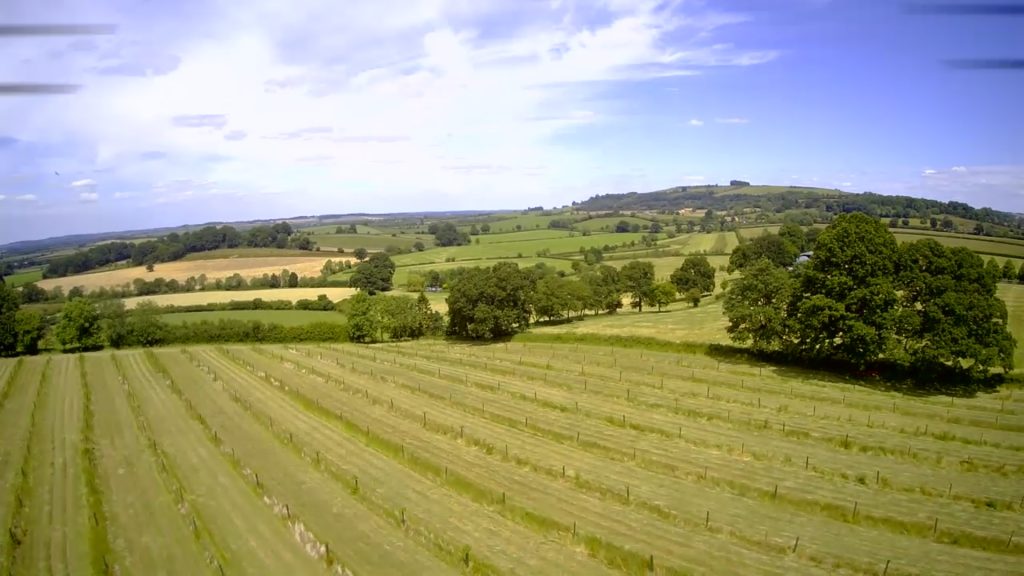Our own orchards are Silvopasture systems, namely guard protected trees in grazed permanent pasture.
The grass is grazed year around in the original orchard below but gets a bit of a break in winter when most of the ewes are inside for lambing.

The newer orchard shown below was planted winter 2022/23 and is not yet grazed but hay is taken off every year. This was simply a matter of cost when it was created as 300+ metal guards, twin posts etc made it too expensive for a grazing set-up, when the trees are 4-5 years we’ll graze it.

We now put very little artificial fertiliser on the fields due to costs, we do feed the individual trees spring and autumn with a handful of a balanced multi nutrient granular feed that includes trace elements.
When the young trees are planted we install a basic drip irrigation which we use over the following years, this is to help establish the trees correctly with a strong root system, once they’re 7-10 years old it shouldn’t be necessary.
The advantage of Silvopasture is that you retain the grass crop and get free fertilizer, shade for the animals as the trees mature and within a couple of years start to get a second crop!
Tree spacing is critical to this, too close and you’ll start to lose the grass after 15 or so years and have to prune the walnut trees so that they get enough light all around to crop correctly, shade is a real problem for fruit set. We planted at 10×10m nominally but it varies a bit due to field conditions in the main orchard, the newer one is about 8x8m with compact heavy producing cultivars.
Choice of cultivars is the difficult part, we made mistakes and planted what was available in quantity and often had no UK evidence for its spring bud break or fruiting, some are just too early for our spring frosts. 10+ years on and we can begin advise on what (and what not!) to plant, your local microclimate is very important. Walnut Blight can be an issue in our maritime climate especially in our wetter areas but some cultivars are resistant even in wet years.
